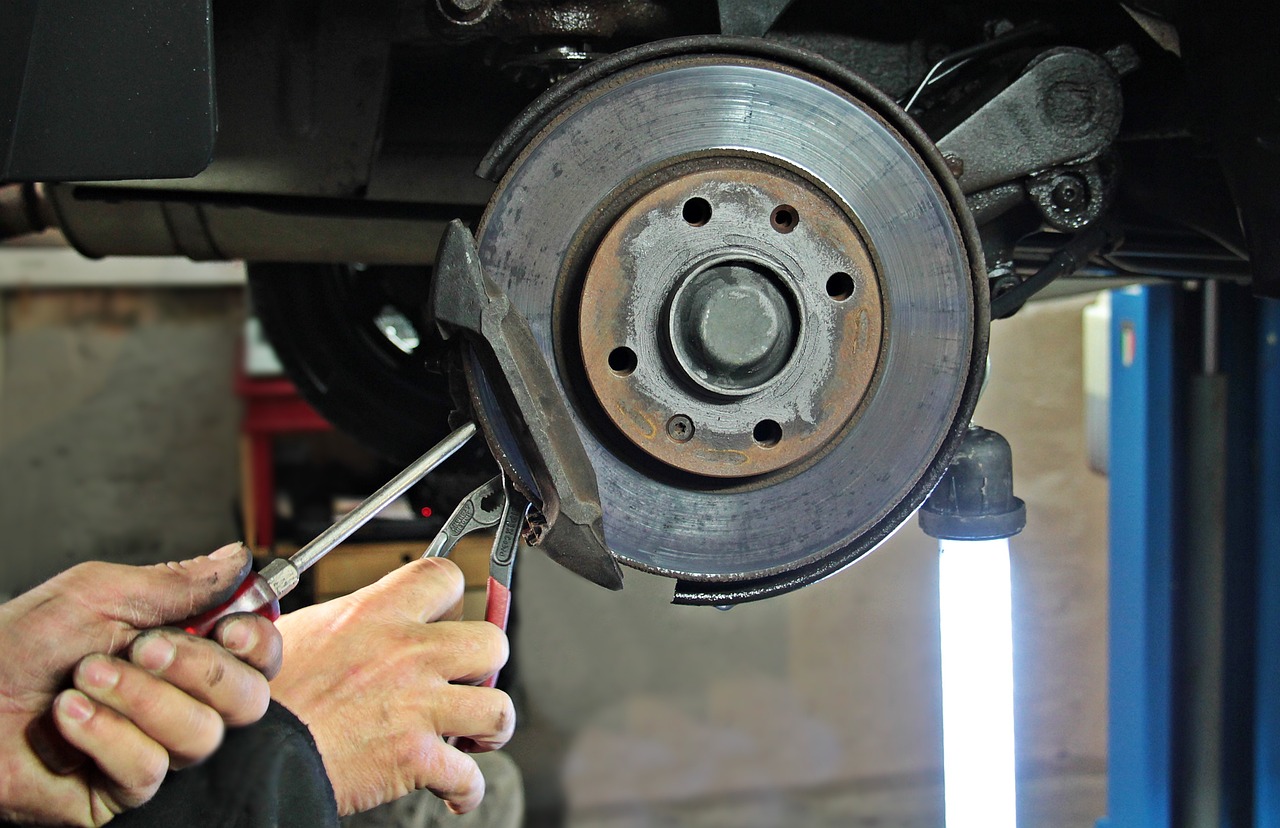The dust created by a car’s brakes is a significant source of air pollution. Different brake pads, driving styles, and vehicle types all contribute to different kinds of brake dust. Metals such as copper, iron, carbon, zinc, and aluminum can be found in the dust, among others. As they may penetrate deep into the respiratory system and heart, these particles can have negative effects on both the environment and human health.
As a potential solution to the pollution that traditional gas-powered cars cause, electric vehicles (EVs) have received a lot of attention. They use electric motors powered by rechargeable batteries, which eliminates exhaust emissions and reduces braking pollution. The regenerative braking mechanism in electric vehicles extends the life of the brake pads, resulting in far less brake dust than is produced by conventional vehicles. However, even in reduced quantities, brake dust is produced by some older braking systems.
Because brakes are essential to vehicle safety and will inevitably wear out over time, it is difficult to eliminate brake dust pollution entirely. The quantity of brake dust released by electric vehicles has decreased because of developments in brake pad materials and regenerative braking.
Government and private sector investments in charging infrastructure and battery advancements seem promising for the future of electric vehicles. Brakes have evolved throughout time. Some of the first automobile brakes were created by George Westinghouse, Frederick William Lanchester, Malcolm Loughead, Frederick Osius, and Bertha Benz. Designers, engineers, and other innovators have contributed to the evolution of braking systems over time. A contemporary car’s stopping mechanism relies heavily on the brakes, which are installed on each wheel. The primary function of the brakes is to prevent the vehicle from speeding or skidding as necessary.
Disc brakes are used on newer vehicles; they consist of a braking wheel and a brake cylinder. The caliper receives hydraulic pressure whenever the brake pedal is depressed. This results in friction between the pads and the rotor. Drum brakes, on the other hand, are less common in modern automobiles but can still be found on some vehicles, typically the rear wheels.
The brake fluid, the master cylinder, and the hydraulic lines are also essential components of a vehicle’s braking system. Together, they transmit hydraulic pressure from the brake pedal to the individual wheels. This guarantees that the brakes will function properly. Modern braking technology, including as anti-lock braking systems (ABS) and electronic brake-force distribution (EBD), improve control and stability during braking.
The braking systems of conventional vehicles and EVs are distinct. By using a process called regenerative braking, electric vehicles are able to convert the kinetic energy they generate when they slow down into electricity. The car’s battery may be recharged and its range extended with the aid of this technology. It also aids in lessening the quantity of brake dust produced.
This dust contributes to air pollution, although electric vehicles typically produce less of it. Driving an electric vehicle is unlike driving a gas-powered vehicle due to the unusual feel of the brakes and the regenerative braking system.
The quality of the brake parts, how the vehicle is driven, the kind of vehicle, and the road conditions all factor into how long the brakes will survive. In order to determine how effectively the brake system is functioning and when parts need to be changed, routine maintenance, such as tests by a qualified technician, is required. The pollution and health effects caused by brake dust are serious. To slow down or stop, a vehicle’s brakes use a combination of friction and hydraulics to transmit force. Reduced emissions from exhaust and brake dust make electric vehicles more environmentally friendly.
However, despite these challenges, developments in both technology and infrastructure are paving the way for a future of improved and ecologically friendly modes of transportation. The planet will be a better place for future generations if we find a better way of personal transport that does not rely on gas or electricity.

